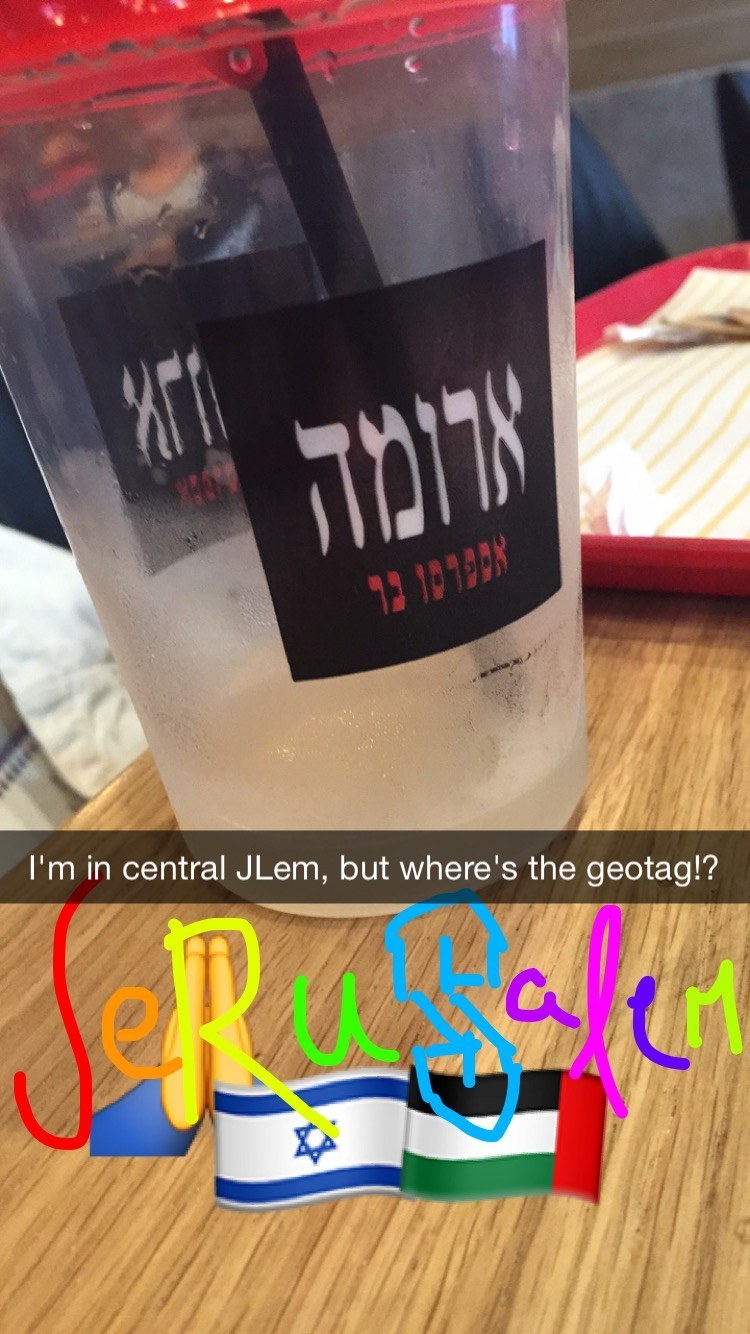You’re all by now familiar with Snapchat’s geofilters, right? Using your GPS location, you can add ~whimsy~ to your snaps.
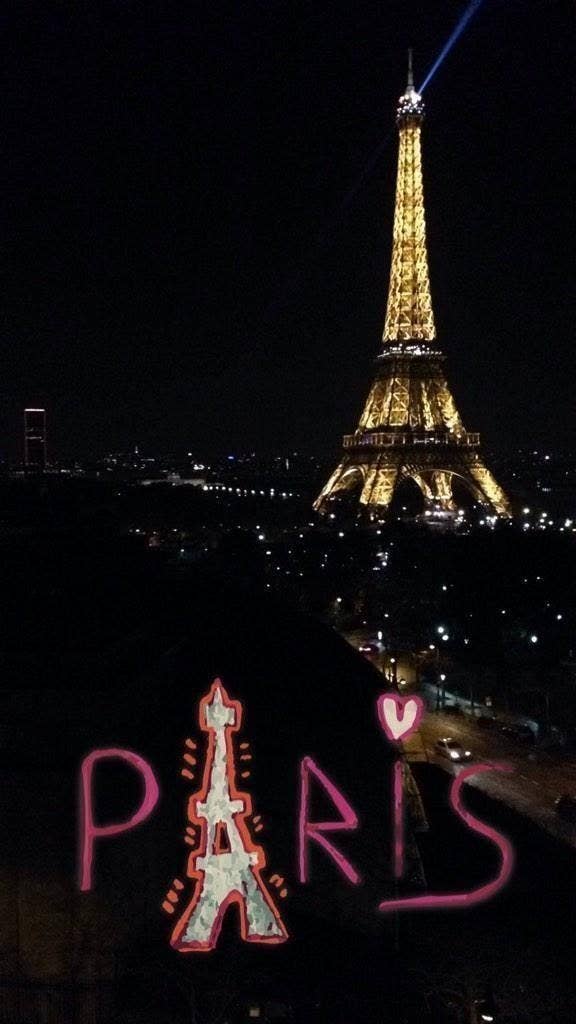
For the longest time, Snapchat didn’t have a Jerusalem geofilter.
But that's not for lack of trying — Jerusalem residents had been trying to submit geofilter art for at least six months to no avail.
And then, one day just weeks before the recent wave of violence erupted in the city, bam! My Snapchat update had yielded a Jerusalem geofilter.
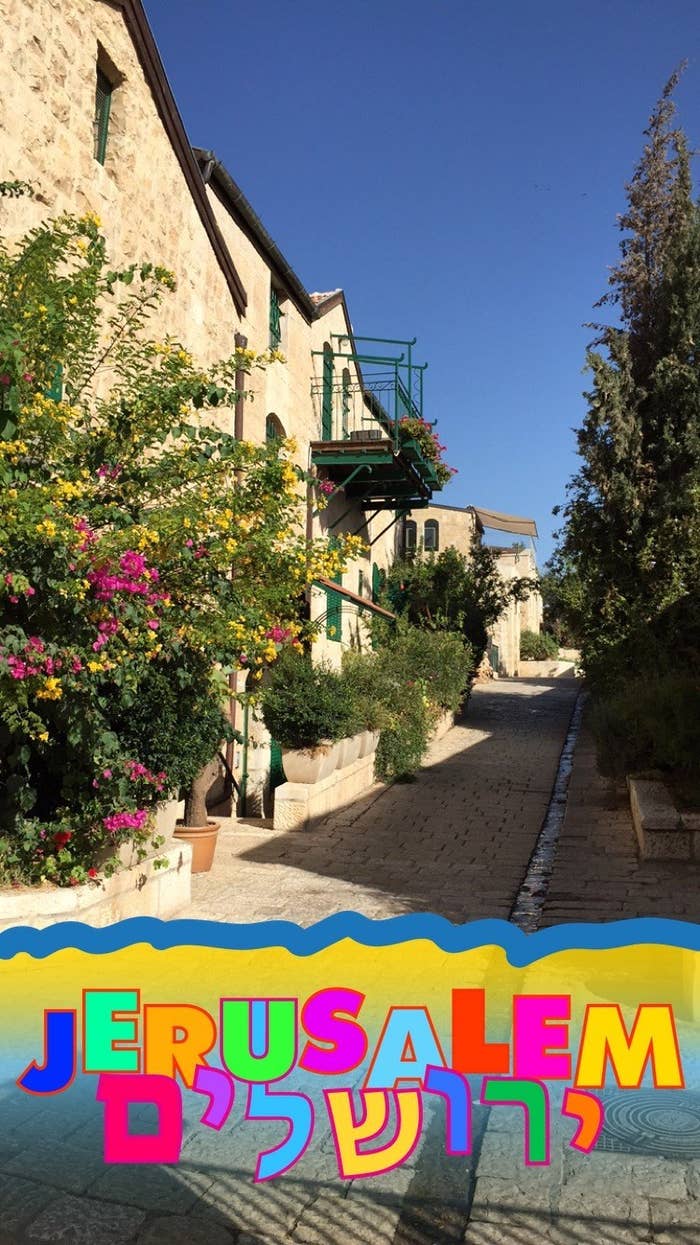
With its colorful backdrop and bold text simply reading 'Jerusalem,' it was every millennial Snapchatter in Jerusalem's dream come true.
Interestingly, I noticed that the geofilter only worked in some areas of the city — was it a political statement? Or perhaps the creator only made the parameters of the geofilter in his or her own general neighborhood?
I wasn't sure, but it didn't trouble me too much until last week. On Thursday night, as Jewish right wing extremists, Lehava, marched to Jerusalem's Old City I received a Snapchat from my boyfriend, a freelance reporter following the protesters, with a geofilter marked Al-Quds, the city's Arabic name. As he chronicled it, the geofilter only existed within a few block radius in the Muslim Quarter.
Well, now my Snapchatting self was on a mission.

So where are the Jerusalem geofilters? Where aren’t they? This is the story of my quest:
I couldn't walk around every inch of the entire city and Snapchat every few feet, so I figured I'd scour the Old City's four quarters: Jewish, Muslim, Christian, and Armenian. I started my voyage entering the Old City through the southern wall. As I was crossing the highway beneath the southern wall to the old city, Hebron Road, the geofilter completely disappeared.
I began climbing the steep winding path up to the walls of the Old City. Apparently, I was in no man’s land — and oh how scenic it was.
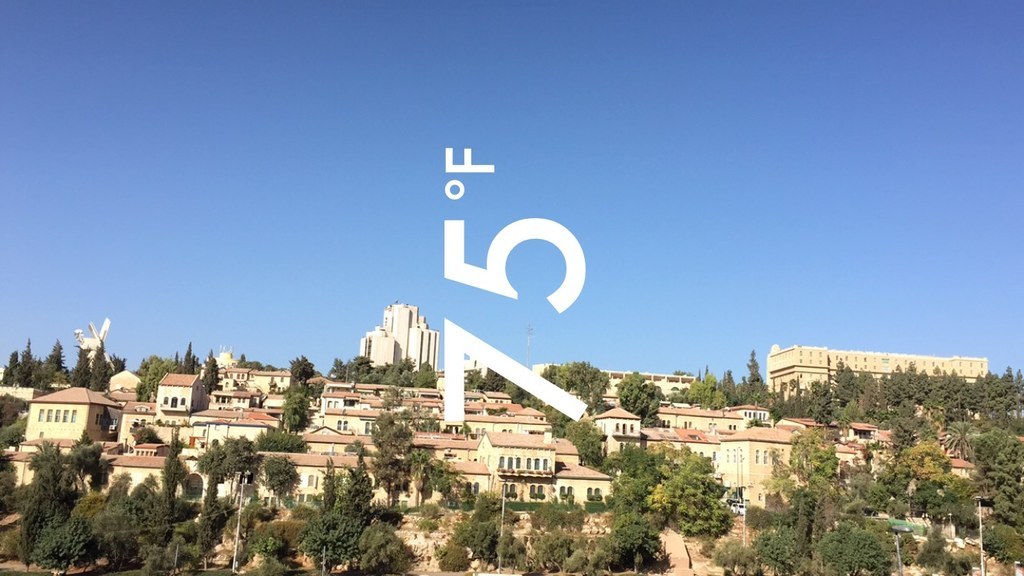
I arrived close to Zion Gate, at the entrance to the Armenian Quarter of the Old City.
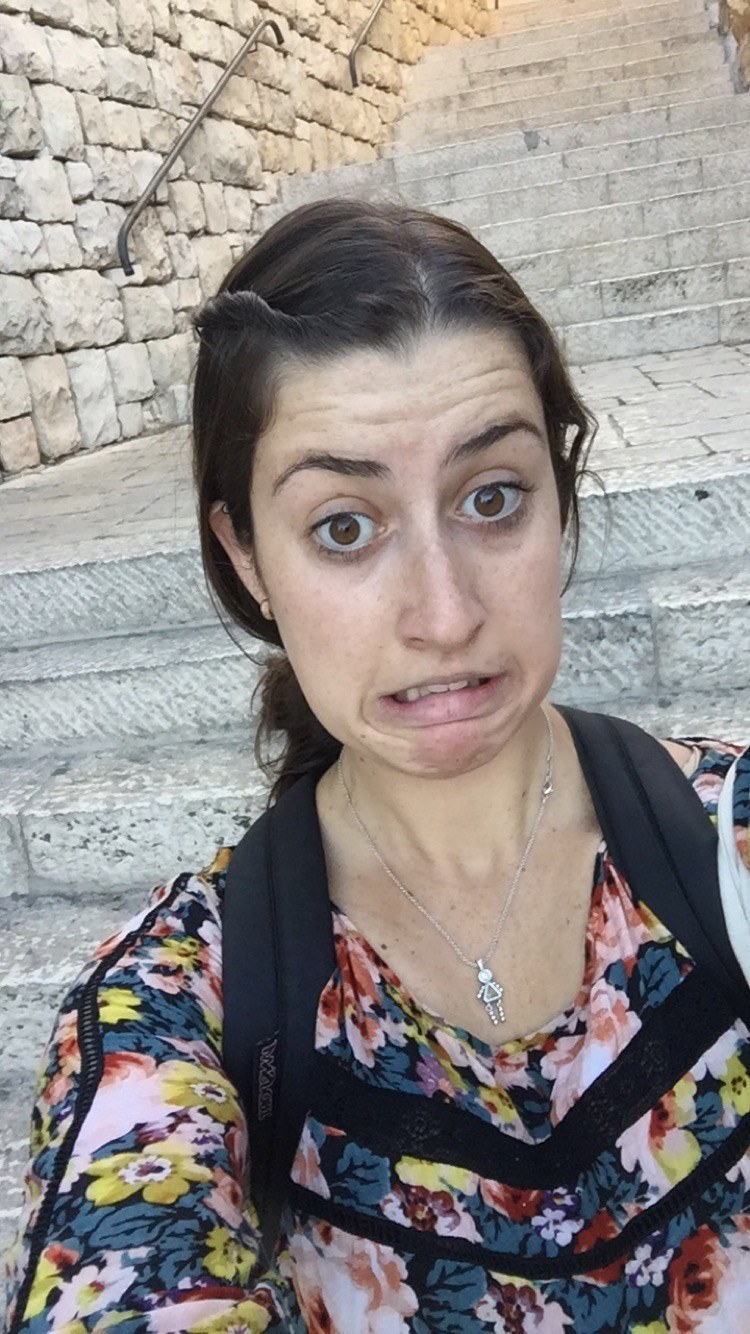
I knew the geofilter should pick up sometime soon, but I didn't know when.
I began walking down the stone path, enclosed by centuries old stonewalls, making sure to Snapchat every few feet, lest I miss the first appearance of the geofilter.
And then there, right outside the Armenian Church in the Old City, I found the geofilter!

Unfortunately I couldn’t get a seflie with the blue cone dome in it — but the church is really exquisite. I wandered around the Armenian Quarter a bit more, and then Snapchat decided to surprise me with another Old City geofilter.

From the Armenian Quarter, I headed on my merry way to the Christian Quarter. I trudged along until I arrived at Jaffa Gate. Then I realized I hadn’t checked for a geofilter in a good 90 seconds. Snap. No geofilter.
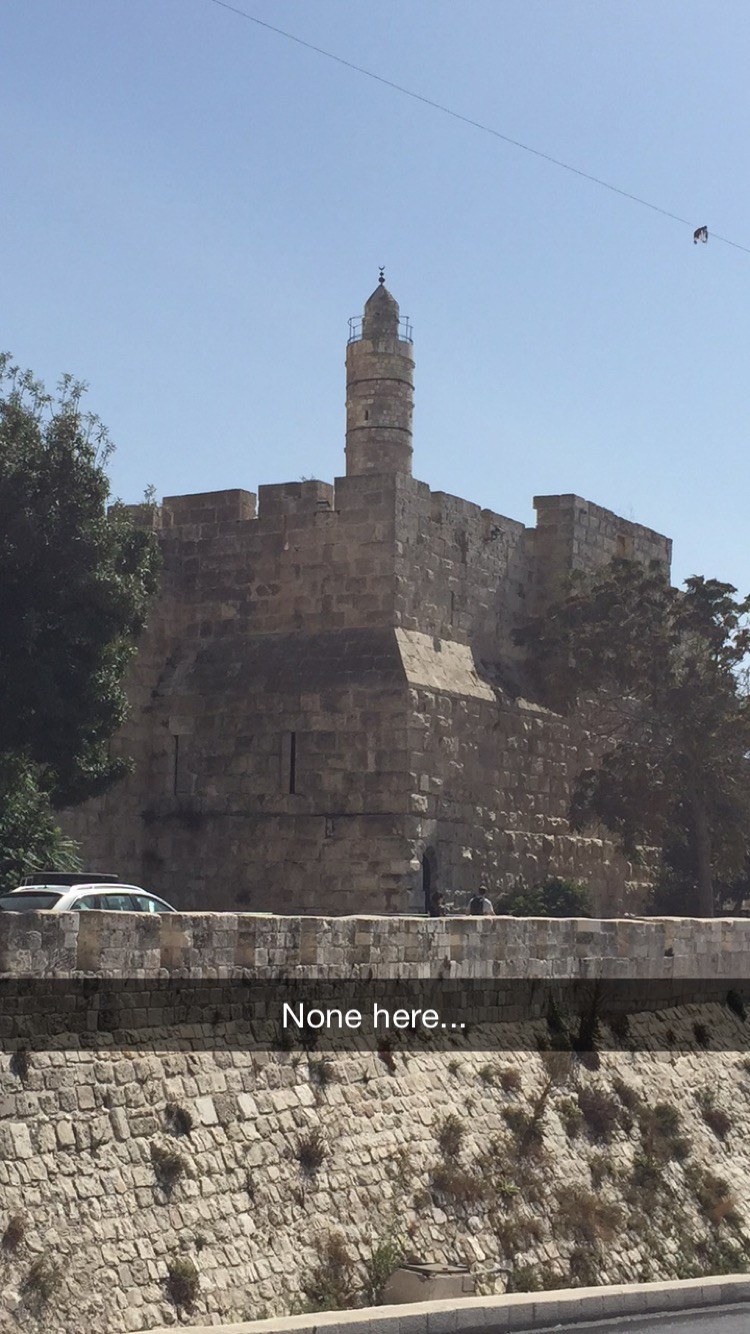
I wondered why that was, and immediately realized that I was so close to the Old City's border that I had returned to geofilter no man’s land.
Further beyond Jaffa Gate is Mamilla Mall — which had a Jerusalem geofilter — a center of upscale fashion, chic cafes, and art galleries in Jerusalem. While both Jews and Muslims visit the mall, it is part of Jewish West Jerusalem and would remain part of Israel in several versions of plans for a two-state solution.
But I didn't go to Mamilla — I took a right and headed through the top of the souk, or bazaar, into the Christian Quarter.
I took the narrow, winding road that felt palpably more tense than usual, given all of the attacks, all the way to the Church of the Holy Sepulcher. During the walk, I decided it would be most prudent to don my headscarf as a way to show respect to local Muslims by adhering to their rules of modesty. The Al-Quds and Al-Aqsa geofilters were pretty consistent all the way through except where I had poor cell phone network.
I followed a group of pilgrims finishing their walk down the Via Dolorosa, the path that Jesus walked before he was crucified that Christians come visit on pilgrimage.
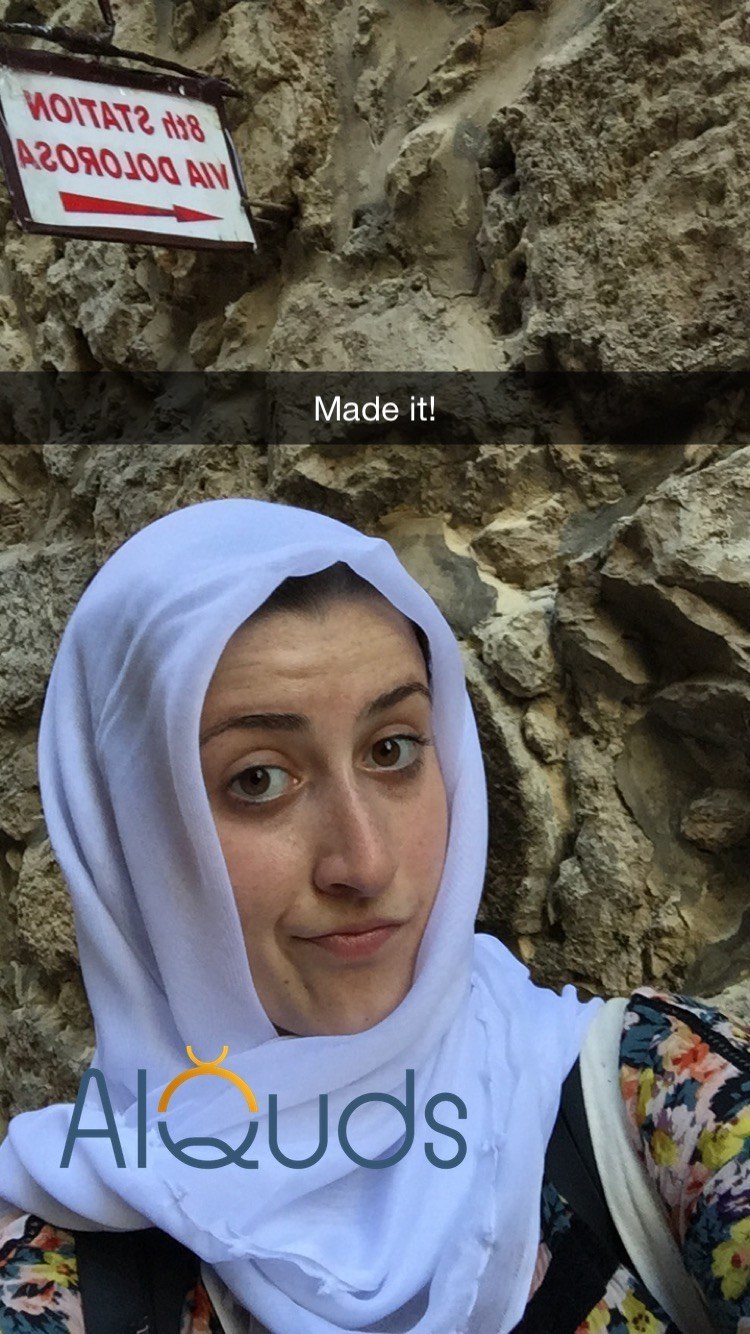
When I finally arrived near the church, I decided to take the roof entrance in, through the Coptic Orthodox Patriarchate.
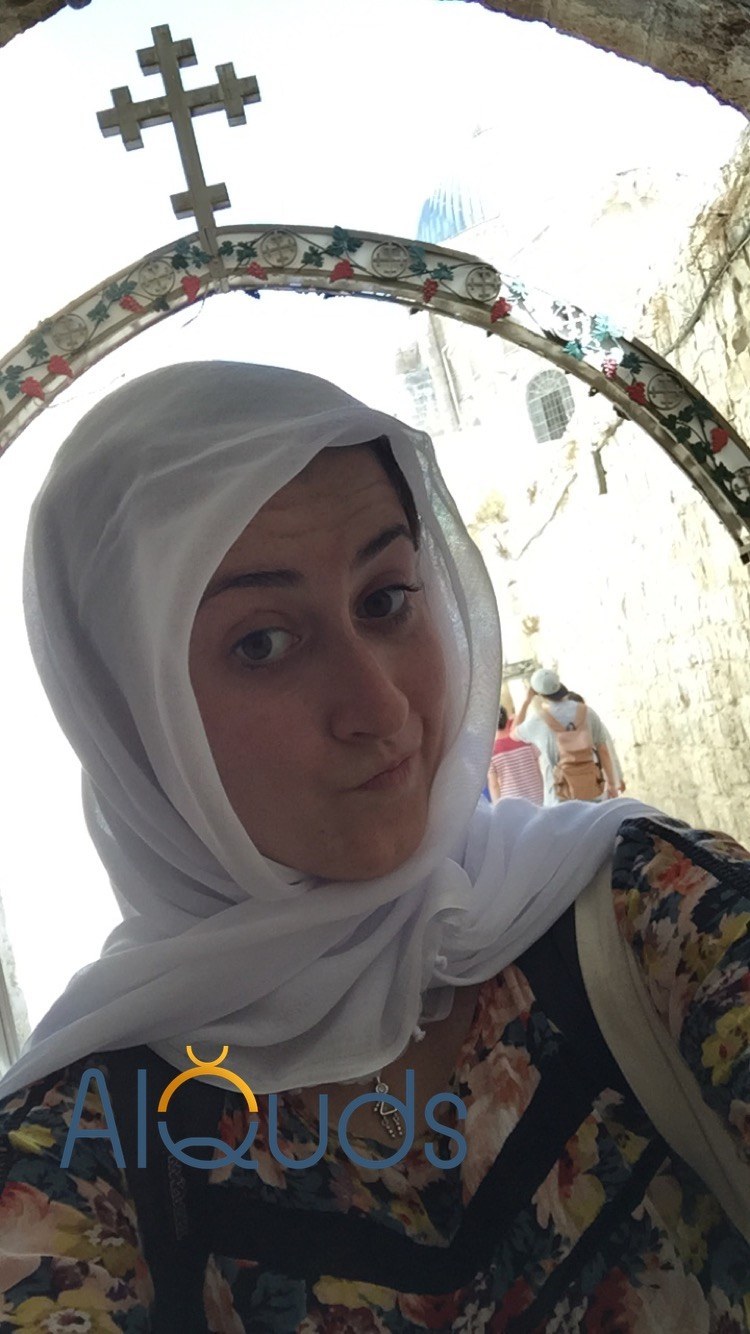
I’m not going to lie, walking along the Via Dolorosa, with so many pilgrims from all over the world made me momentarily forget my assignment and the violence raging around me.
But then the hymn they were singing finished and, well, I might not be proud of this, but I took a #selfie.
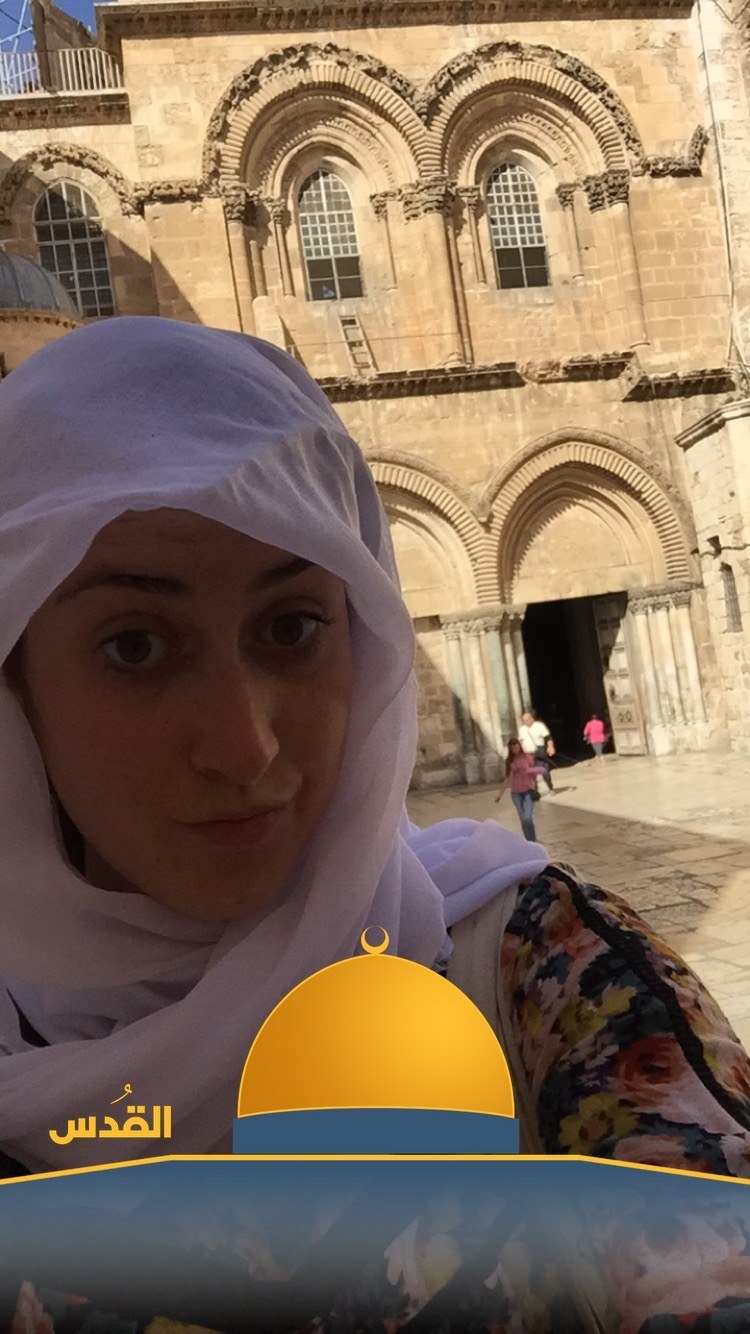
From there, I knew it was time to head to the more heated areas and see what was going on in the Snapchat-i-verse in the Muslim and Jewish Quarters, respectively.
It was pretty easy to get from the Christian Quarter to the Muslim one. In the blink of an eye, the open shops and the light, airy feel of the Christian Quarter were gone, replaced by several shops padlocked shut, and a few older, hopeful merchants had their shops open. There were also more IDF soldiers than I could count as I traveled away from Damascus Gate, a site where Jewish civilians have been stabbed in multiple attacks over the past two weeks.
As I moved towards Al-Aqsa — the site of the golden dome mosque also revered by Jews as the site of two Biblical temples — and the Jewish Quarter, it was getting more and more deserted.

The Temple Mount — called Haram al-Sharif in Arabic — was closed off to visitors who weren’t with a group or going to pray, so I was not able to check if the Al-Aqsa geofilter actually extended to, well, Al-Aqsa, but I would imagine it does.
The final stretch to the Jewish Quarter was not a pleasant one: the familiar streets connecting the Jewish and Muslim Quarter that are usually bustling with tourists, parishioners, and locals, were all dark, completely dark.
I passed through a few Border Patrol members of the Israeli Defense Force and then there I was, in the Western Wall Plaza, the Kotel, the Wailing Wall. Many worshippers gathered at the Wall, some sang, some cried, and some stood, reciting verses robotically.
So, there I was, at the Western Wall with my iPhone. I took a Snap, swiped right, and I was floored by what I found:
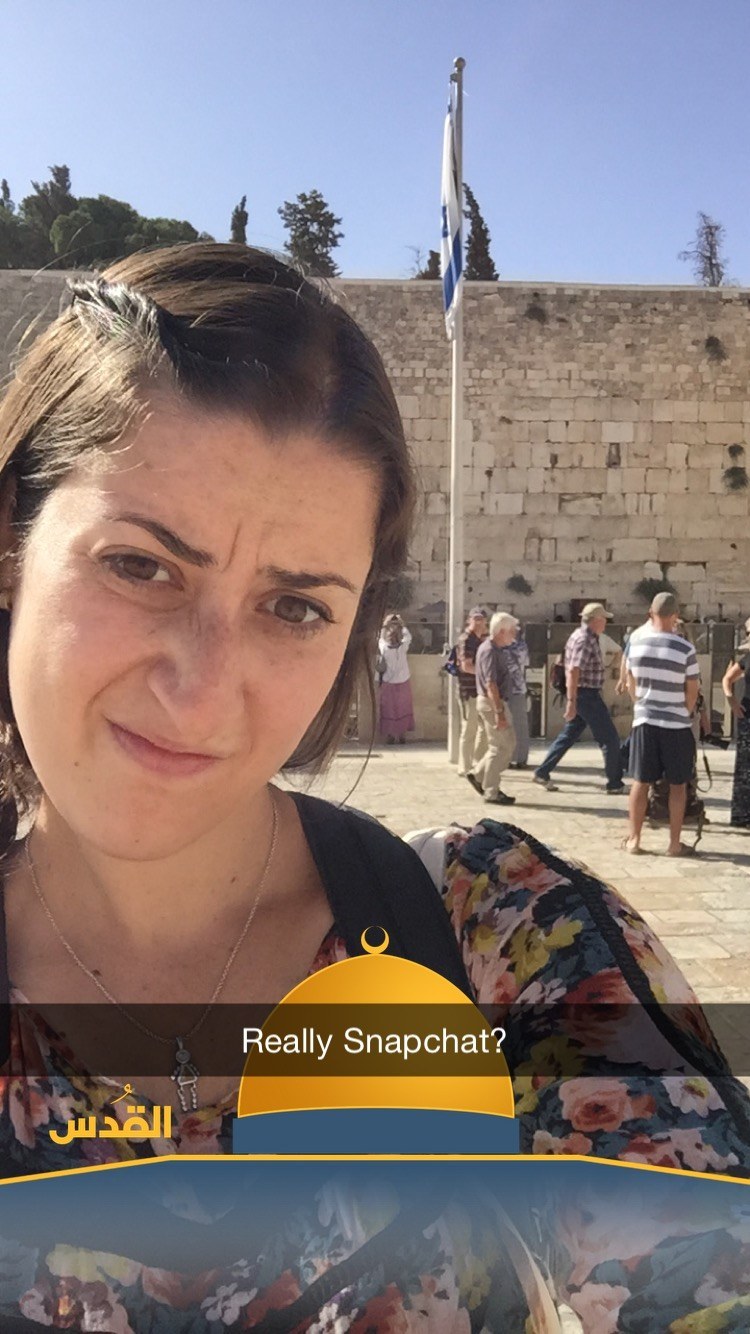
I guess I should have expected what happened next, as both the Armenian Church and the Church of the Holy Sepulcher had Al-Aqsa geofilters.

And that was it, only those two. Perhaps, I reasoned, the geofilters extend all through the Old City. If that was the case, it isn’t a politicization, rather just how the technology works.
But here’s the thing: when I left the Western Wall Plaza and entered the Jewish Quarter proper, there was no geofilter — no Al Quds, no Al Aqsa, and not even Jerusalem. It was simply an oasis of sorts, beyond Snapchat’s reach.

The Old City is home to holy sites of four major faith communities: so why are the holy places of Judaism, Christianity, and the Armenian Orthodox sect in the Old City intentionally branded with an Al-Aqsa geofilter?
Snapchat didn't respond to a request for comment to that effect when I emailed them to ask.
I mused over this as I headed down Jaffa Street, that connects central Jerusalem to Jaffa Gate, I stopped off for a coffee, and checked once more to see if there was a geotag in the area.
There wasn’t, oddly enough, but I made one that made me feel a little better.
